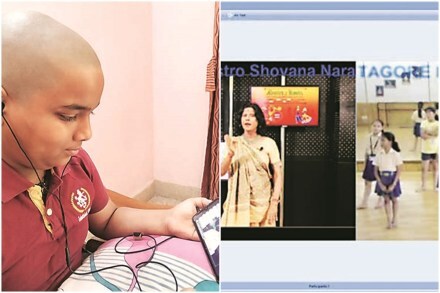Virsa, a digital cultural education initiative by the NGO Routes 2 Roots (R2R) in collaboration with the ministry of culture, aims to preserve and promote India’s rich cultural heritage and legacy of performing arts. The programme seeks to impart awareness, education and knowledge about Indian culture and performing arts, including classical music, dance and drama through interactive digital classes.
Virsa reaches out to school students across the country, with the aim to subsequently reach other parts of the world as well. The programme has digital interactive classes for students and covers 14 different genres of Indian art, music and dance as part of the five-day schedule of the school’s curriculum. The digital live classes air from a Noida-based studio. The platform offers free classes, which are available for every student (lower-, medium- and higher-income) across India.
This is in addition to periodic workshops in each school with inter-school, inter-region and inter-country performances organised with the programme’s board of advisors, including Pandit Birju Maharaj, L Subramaniam, Pandit Rajan and Sajan Mishra, Shovana Narayan, Kavita Krishnamurthy, Shafqat Amanat Ali, Juhi Chawla and Ehsaan Noorani.
Interestingly, Virsa entered the Limca Book of Records for covering two crore students and 20,000 schools across the country. Initially, the 12 R2R-bounded states in the country—J&K, Himachal Pradesh, Uttarakhand, Punjab, Delhi, Rajasthan, Bihar, West Bengal, Meghalaya, Madhya Pradesh, Maharastra and Gujarat—are covered under the project.
Routes 2 Roots is a Delhi-based non-profit organisation, which strives to bridge the socio-cultural distance between India and the world through music, art, culture, heritage and people-to-people exchange programmes.
Routes 2 Roots is a member of the World Association of NGOs, New York, US. Based in Delhi, its vision is to bring people closer and promote cultural diplomacy across the world. It has hosted numerous cultural events in more than 12 countries and 30 cities, promoting people-to-people understanding for sustainable peace. It provides a platform to artists and performers to display the culture and heritage of their countries as well, resulting in enhancing tolerance among people of different nationalities and cultures.
